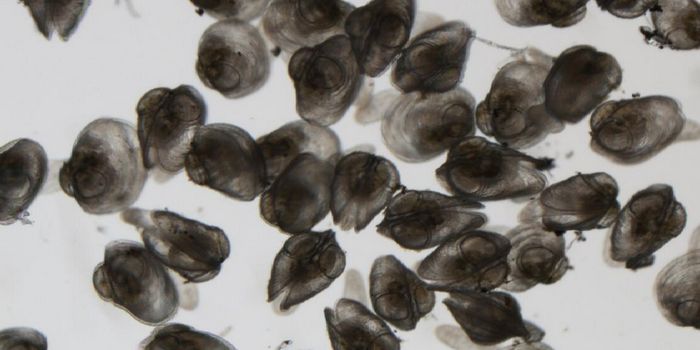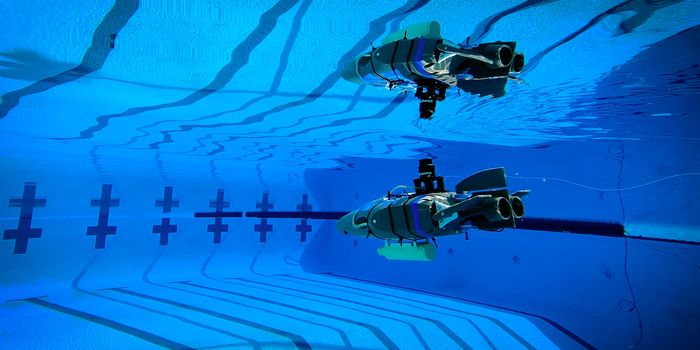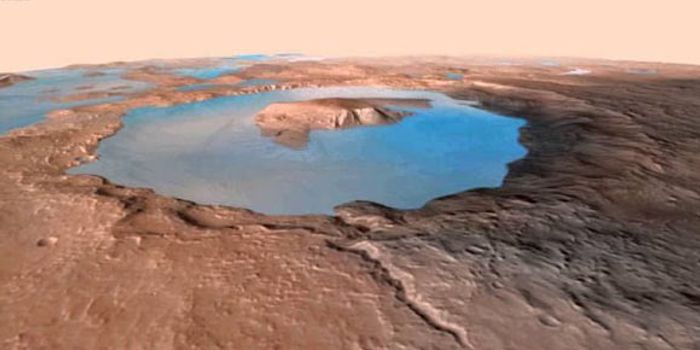Considering the ecological ethics of geoengineering
The debate over geoengineering - the idea that we could or should use technology to engineer solutions to cool down the planet in an effort to confront climate change - has gained much attention over recent years. In a new study published by the Climate Intervention Biology Working Group in Proceedings of the National Academy of Sciences, scientists delve into the ecological ethics of geoengineering technologies. Their paper is entitled, "Potential ecological impacts of climate intervention by reflecting sunlight to cool Earth."
"There is a dearth of knowledge about the effects of climate intervention on ecology," said Michigan State University’s Phoebe Zarnetske, lead author of the study and associate professor in the Department of Integrative Biology. "As scientists, we need to understand and predict the positive and negative effects it could have on the natural world, identify key knowledge gaps and begin to predict what impacts it may have on terrestrial, marine and freshwater species and ecosystems if it were adopted in the future."
The paper considers the use of one type of geoengineering referred to as solar radiation modification or SRM. This technique would reflect some of the sun’s radiation back into space, essentially producing a large cloud to cover the planet and mimicking the natural effect that occurs after a large volcano.
This study is the first of its kind to contemplate not only the climatic outcomes that could result from SRM, but also the ecological impacts. "While climate models have become quite advanced in predicting climate outcomes of various geoengineering scenarios, we have very little understanding of what the possible risks of these scenarios might be for species and natural systems," says Jessica Gurevitch, Distinguished Professor in the Department of Ecology and Evolution at Stony Brook University. "Are the risks for extinction, species community change and the need for organisms to migrate to survive under SRM greater than those of climate change, or does SRM reduce the risks caused by climate change?"
The study explains that a specific kind of SRM called stratospheric aerosol intervention, or SAI, still has a lot of unknowns attached to it. "Although SAI may cool Earth's surface to a global temperature target, the cooling may be unevenly distributed, affecting many ecosystem functions and biodiversity," Zarnetske said. "Rainfall and surface ultraviolet radiation would change, and SAI would increase acid rain and would not mitigate ocean acidification."
The authors warn that even in a successful SRM scenario, the current and predicted state of the climate crisis that our planet is facing would require extreme measures to drastically reduce greenhouse gas emissions and mitigate other aspects of climate change.
"We hope that this paper will spark a lot more attention to this issue and greater cooperation between scientists in the fields of climate science and ecology," Gurevitch concludes.
Sources: PNAS, Science Daily








